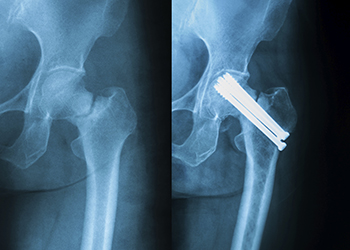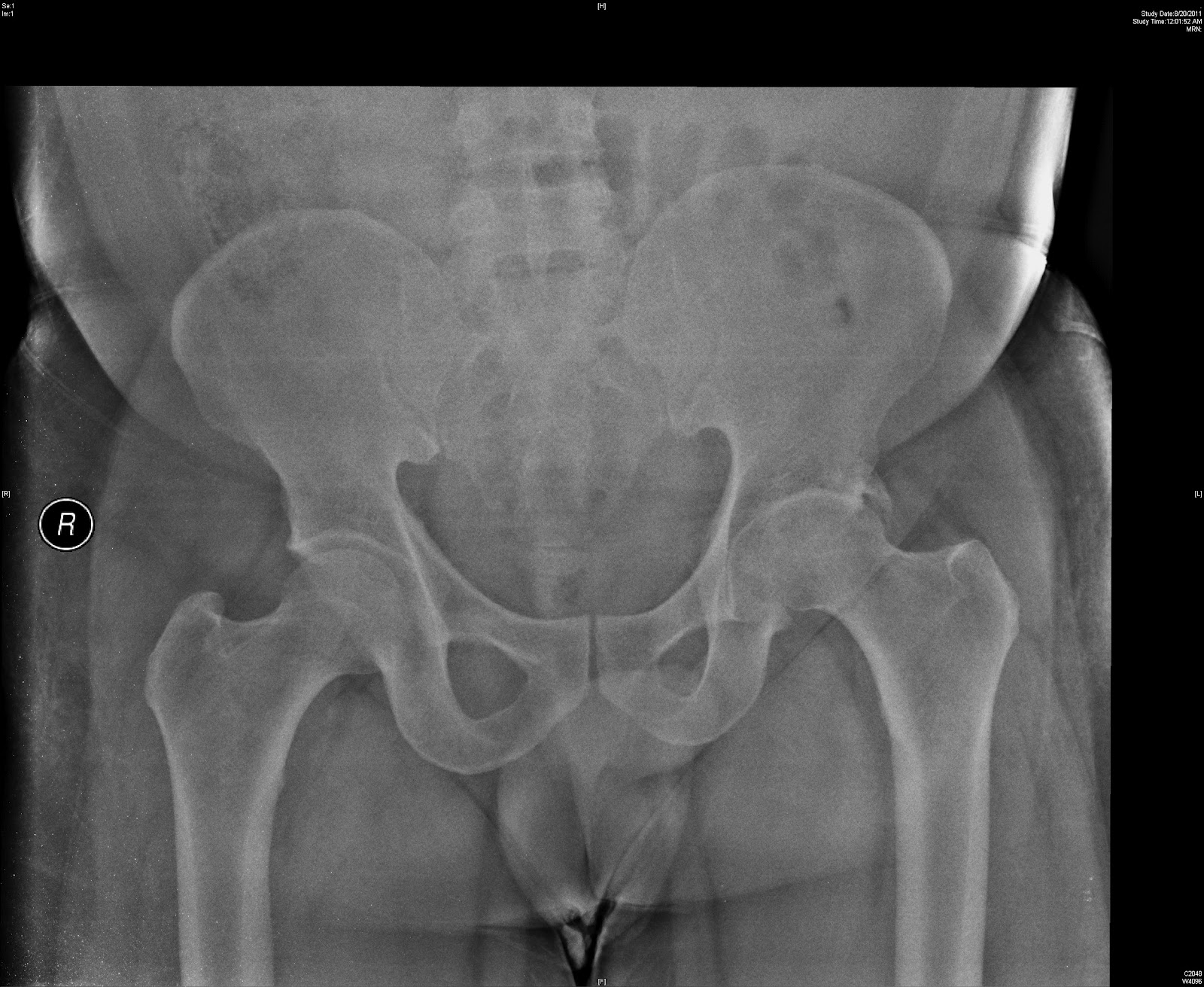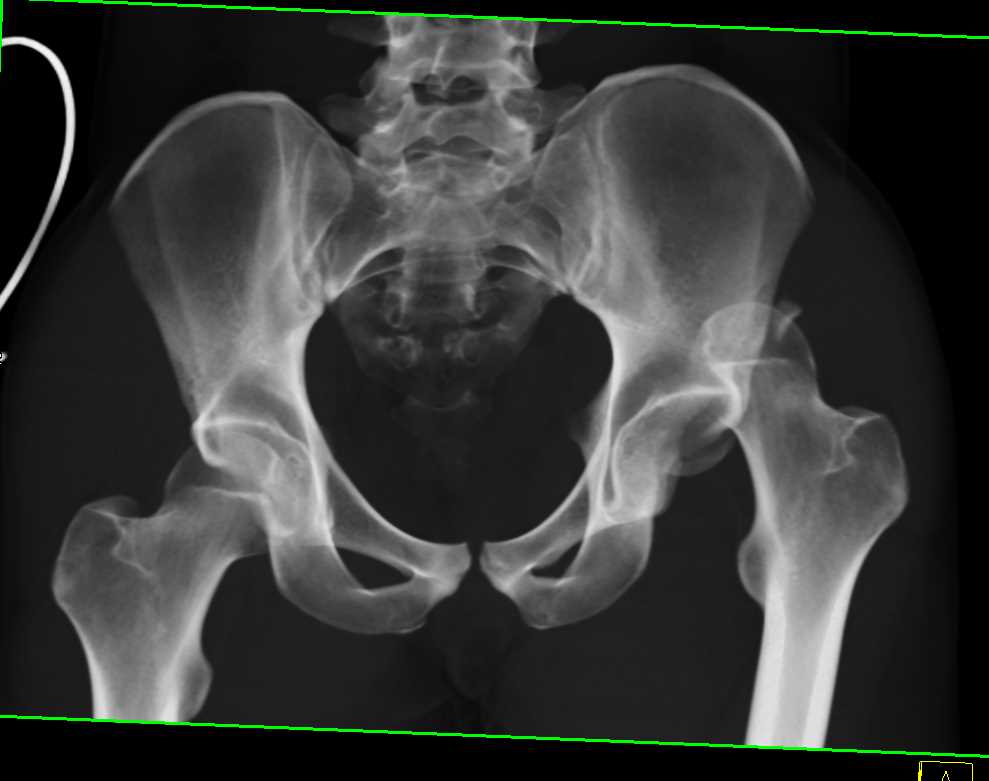

#A fractured hip crack
Long-term functional outcome after a low-energy hip fracture in elderly patients. A hip fracture occurs when theres a crack or complete break in the upper area of the thigh (femur) bone.

Cause of death and factors associated with early in-hospital mortality after hip fracture.

Changing trends in the mortality rate at 1-year post hip fracture - a systematic review. Excess mortality after hip fracture in elderly persons from Europe and the USA: the CHANCES project. Similar mortality rates in hip fracture patients over the past 31 years: a systematic review of RCTs. If you are older and have a hip fracture, reduced mobility can lead to bed sores, blood clots in the legs or lungs, and the loss of muscle mass (which increases the risk of falls and re-injury). Mundi S, Pindiprolu B, Simunovic N, Bhandari M. A hip fracture, more common in older people, can reduce a person's ability to live independently and possibly shorten their life as well. Incidence and economic burden of intertrochanteric fracture: a Medicare claims database analysis. MMWR Morbidity and Mortality Weekly Report. Deaths from falls among persons aged ≥65 years - United States, 2007–2016. Life expectancy of older people living in aged care facilities after a hip fracture. Hip fractures can be surgically treated with external fixation, intramedullary fixation, or by using plates and screws.Liu E, Killington M, Cameron ID, et al. These heavy weights help in correcting the misaligned bones until the injury heals. Skeletal traction may be applied under local anesthesia, where screws, pins, and wires are inserted into the femur, and a pulley system is set up at the end of the bed to bear heavy weights. Traction may be an option to treat your condition if you are not fit for surgery. Hip fractures can be corrected and aligned with non-operative and operative methods: Other imaging tests, such as magnetic resonance imaging (MRI), may also be performed to detect the fracture.ĭepending on the area of the femur involved, hip fractures are classified as: Your doctor may order an X-ray to diagnose your hip fracture.

The lesser trochanter projects from the base of the femoral neck on the back of the thighbone. The thighbone has two bony processes on the upper part - the greater and lesser trochanters. The joint surface is covered by a smooth articular surface that allows pain-free movement in the joint.Ī hip fracture is a break that occurs near the hip in the upper part of the femur or thighbone. The “ball” is the head of the femur or thighbone, and the “socket” is the cup-shaped acetabulum. The hip joint is a “ball and socket” joint. Even after recovery, the leg on the affected side may turn out shorter than the other. Home / Patient Info / Hip / Hip Fracture Hip Fracture What is Hip Fracture? A hip fracture often results in long-term disability.


 0 kommentar(er)
0 kommentar(er)
